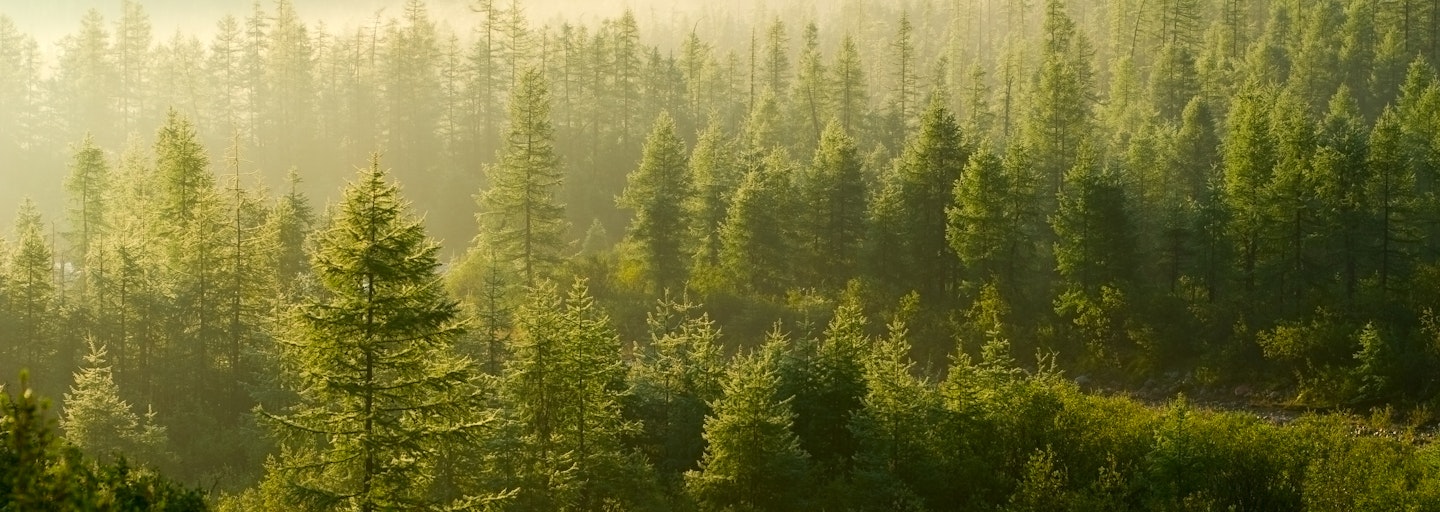Articles
Is compost included in your fertiliser budget?
We explain how compost can be incorporated into your fertiliser budget for commercial growers looking to decrease their fertiliser use.
What is Biofiltration?
Biofiltration is a great way to naturally and organically remove odorous bacteria that would otherwise pollute the atmosphere.
The benefits of compost for different soil types in NZ
The most common soil types in NZ unearthed. Understand your soil type to help determine what steps you should take to improve your soils health.
The sustainability benefits of using grape marc as compost
By blending grape marc into a growing media, vineyards eliminate the need for disposal, reducing waste and its associated environmental impact.
How to hit your ESG targets by switching to renewable wood energy
Find out more information about ESG and how you can hit your ESG targets with Azwood by switching to renewable wood energy.
11 reasons why wood fibre is outshining coir and peat for NZ growers
The environmental challenges and high costs associated with peat and coir, make wood fibre a valuable choice for horticultural applications.
The benefits of using custom potting mix by Azwood
What are the benefits of partnering with a manufacturer like Azwood for custom commercial grade potting mixes.
Repurpose forestry slash for soil regeneration
Repurposing slash for soil regeneration is a sustainable approach to enhance the health and quality of soil after forestry harvests.
How to create an effective stormwater management system with BioRetain
By integrating BioRetain into stormwater management systems, we can naturally filter pollutant and mitigate the risk of flooding.
What is the best playground surface?
An unbiased evaluation of the various playground surfaces available in the market to assist you in making an informed choice for your play area.
Why is wood fuel socially sustainable?
Boosting local economies and embracing corporate social responsibility. Learn how to achieve your ESG targets with renewable wood energy.
Why is wood fuel economically sustainable?
We explore how biomass wood fuel not only mitigates carbon tax expenses but also future-proofs your company's energy systems.
Why is wood fuel environmentally sustainable?
There is an opportunity to replace these fuels with a more sustainable option to reduce the effects of climate change and hit your ESG targets.
How to prevent legionnaires' disease when using compost
Learn about legionnaires' disease in compost and potting mixes. Find out why it may be present and how to handle them safely.
The benefits of buying ENplus A1 certified pellet fuel
The ENplus A1 certification guarantees premium quality pellet fuel, offering peace of mind to consumers. Azwood's pellet fuel is certified ENplus A1.
What is a pellet fire? How they work and why you need one
Learn about pellet fires and the convincing reasons to consider investing in one for efficient, sustainable home heating.
How Azwood® makes consistent, quality compost
Learn why using quality compost matters and how it can be a game-changer for growers looking for a sustainable alternative to fertilisers.
How to start using compost at a commercial growers scale
Your industry, our expertise. Learn about the full-circle support we provide for a successful transition to compost use.
Sustainable winegrowing with compost
Understand the benefits of sustainable winegrowing and how you can reduce the use of fertilisers and achieve better ROI with compost application.
What is Azwood® compost made of?
Discover how we're creating nourishing composts & soil conditioners for healthier growing environments.
